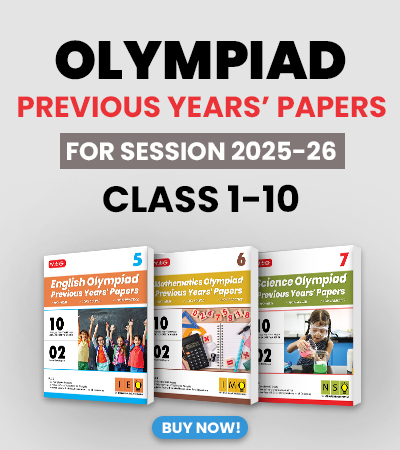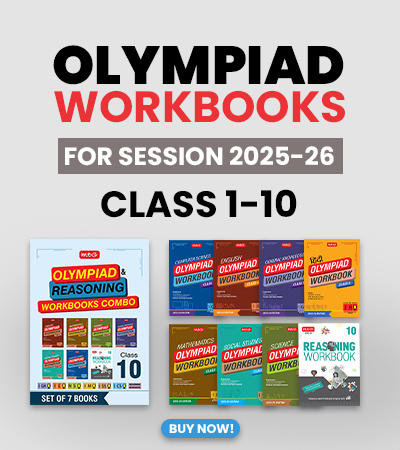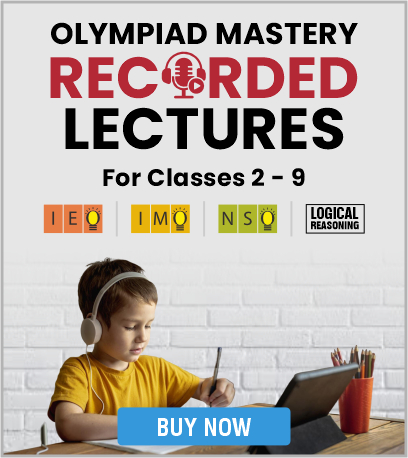Following the protocol of NEP (2020), NCF (2023), NCERT and CBSE guidelines, National and various State Boards for the convenience of schools and students, any change/reduction in the syllabi will be reflected in actual question papers.
The tests for each level, although take into consideration the syllabus for each school year, are not directly related to them. The content of the tests is designed to focus on communication and use of English language, rather than rote learning and correct grammar only.
In the example, the response to the question ‘What time will you meet me tonight?’ could be:
I’ll meet you at 7.00 (will is for a future plan or promise)
· I can meet you at 7.00 (possibility)
I would meet you at 7.00 (implies there might be conditions which make it difficult)
Therefore, depending on the other information provided, only one of these responses is likely to be correct.
We are also trying to provide you with language which:
Will be useful for you to learn rather than English which is old fashioned, or out of date.
Focus on international usage - for example, it might be correct to say ‘I’m taking my lunch’ to say I’m eating lunch, but in international usage, this would be incorrect, as this would imply you were moving it somewhere, it would be more correct to say ‘I’m having lunch’ (consuming)
However, it would be incorrect to say ‘I’m having a headache’, as this is a state of being, and we do not use the continuous (…ing) form for states).
Section – 1 : Synonyms, Antonyms, Analogies and Spellings, One word, Word order, Nouns, Pronouns, Verbs, Adverbs, Adjectives, Articles, Prepositions, Conjunctions, Punctuations, Jumbled words, Voices, Concord, Question forms, Tenses, Conditionals, Modals, Reported speech. Collocations, Phrasal verbs, Idioms, Homonyms and homophones, Words related to social cause, Travel, Workplace, etc.
Section – 2 : Search for and retrieve information from various text types like Flyers, Classifieds, Dictionaries, etc., Understand information presented in instruction manual format, Message format and others. Acquire broad understanding of and look for specific information in longer texts like editorials, Essays, etc.
Section – 3 : Ability to understand situation-based variations in functions like Giving advice, Stating preferences, Discussing probability, Making an offer, etc.
Section – 4 : Higher Order Thinking Questions - Syllabus as per Sections 1, 2 and 3.
PATTERN OF SOF INTERNATIONAL ENGLISH OLYMPIAD (IEO) (LEVEL1)
| SOF IEO |
Class | SECTION | NO. OF QUESTIONS | MARKS/QUESTION | TOTAL MARKS |
| 1st to 4th | Word and Structure Knowledge | 15 | 1 | 15 |
| Reading | 10 | 1 | 10 |
| Spoken and Written Expression | 5 | 1 | 5 |
| Achievers Section | 5 | 2 | 10 |
| | Grand Total | 35 | | 40 |
| 5th to 12th | Word and Structure Knowledge | 30 | 1 | 30 |
| Reading | 10 | 1 | 10 |
| Spoken and Written Expression | 5 | 1 | 5 |
| Achievers Section | 5 | 3 | 15 |
| | Grand Total | 50 | | 60 |
PATTERN OF SOF INTERNATIONAL ENGLISH OLYMPIAD (IEO) (LEVEL2)
|
|
| SOF IEO |
| CLASS | Section | No. of questions | Marks per Question | TOTAL Marks |
| 3rd & 4th | Word and Structure Knowledge | 20 | 1 | 20 |
| Reading | 10 | 1 | 10 |
| Achievers Section | 5 | 2 | 10 |
| GRAND TOTAL | 35 | | 40 |
| 5th to 12th | Word and Structure Knowledge | 35 | 1 | 35 |
| Reading | 10 | 1 | 10 |
| Achievers Section | 5 | 3 | 15 |
| GRAND TOTAL | 50 | | 60 |













